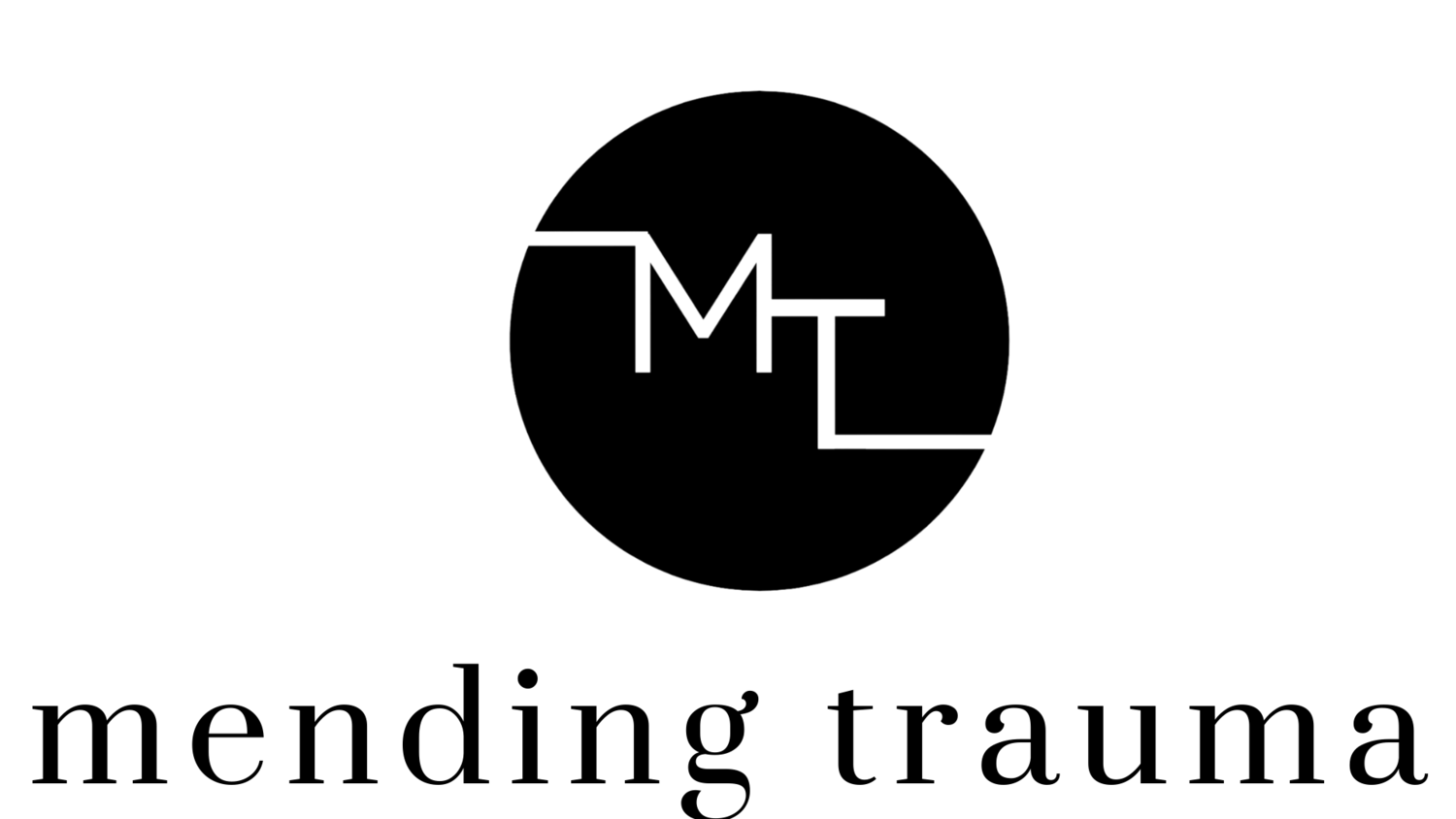The Evolution of Codependency and Its Link to Trauma
I first learned of the term codependency when I was getting sober. I was at Hazleton. It was the third week, and my family came out to do “family week,” which was basically a lot of family therapy. Since then, I have heard the term used more and more. Codependency has been used frequently in popular mental health literature and clinical literature for quite a while.
It can be misinterpreted, and I wanted to explore what it is and what happens to that definition when we use a trauma-informed lens.
The Evolution of Codependency
Codependency started as a way of describing enabling behavior with an addict. It was someone who would make sure that no dire or harmful consequences came to an alcoholic due to their addiction (enabling). In the ’90s, it started being used more broadly. In today's vernacular, it's being used as any relationship in which there's an imbalance between two people and where one person tends to be more of the taker, and the other person tends to be more of the giver.
Codependency Through a Trauma-informed Lens
We have two critical drives as humans at all times: the drive for connection and the drive for safety. These are inherent biological drives because we're prosocial mammals primed for protection. A trauma-informed lens includes looking at how someone's drive for connection and safety affects all of their behaviors within relationships. Understanding these two drives and how trauma disrupts these points to the need to understand codependency with more nuance.
If we broaden the definition of codependency, we're recognizing a biological reason for the set of behaviors, and that they stem from a place of unhealed trauma. Codependency, as it’s currently understood, implies that there is something wrong with a person when in reality, it is these two drives bumping into each other.
When we are trying to prevent disconnection, the central nervous system will prompt us to engage in behavior designed to maintain a connection with somebody who frequently isn't able to connect. But we don't always realize that we're engaging with someone with problematic behavior or someone who has a substance addiction. Because we are driving for connection and safety, we jump through hoops, walk on eggshells, make excuses, and give more than we are getting in the relationship. And we start to think that there's something wrong with us, which overlooks that it comes out of trauma and is largely an autonomic (subconscious) response to past events.
Every behavior you've ever engaged in has been either for survival or connection and has got you to this point, and you have survived! If you have codependent tendencies, just consider that it could be a trauma response, and dealing with the past will set you free in the present.
Self Compassion as an Antidote
If you pathologize your behavior as “codependent” it's tough to be in a place of self-compassion. Instead, try being curious and understanding that it may come from past trauma. Our approach then becomes “something happened to me that I need to address, and those things have led to certain behavior patterns that are not serving me any longer.”
Noticing, without judgment, becomes an intervention. And as we notice our behavior without judging it, we can become curious about the intention of the behavior. “I'm noticing that I'm engaging in people-pleasing behavior. And let me think about how that might be connected to either my drive for connection or my drive for safety.” As you do that, you’re exercising “benevolent curiosity” that we've talked about before.
You deserve to live without being thwarted by your past and build whatever future you desire.

